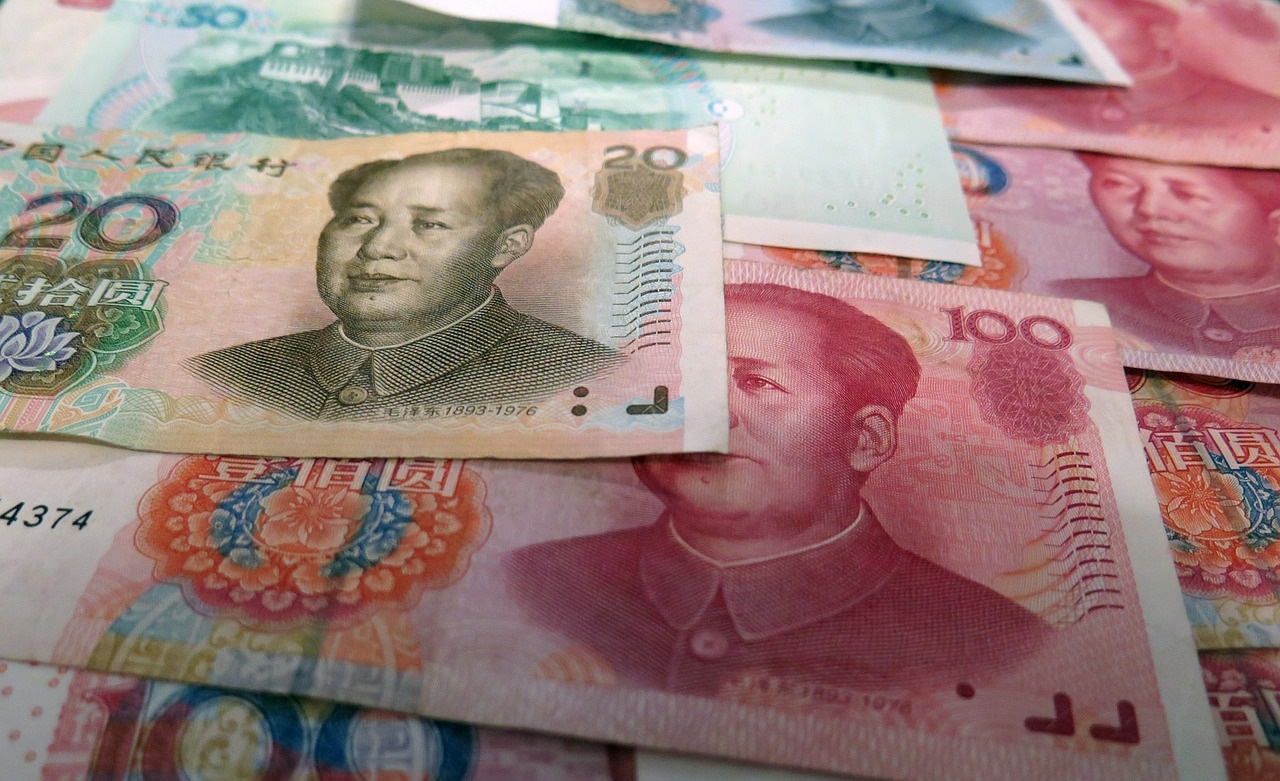The Bank for International Settlement (BIS) explores the role of interest rates in monetary policy transmission in China in the context of its multiple instrument setting. In doing so, BIS construct a new series of monetary policy surprises using information from high frequency Chinese financial market data around major monetary policy announcements. Their event analysis shows that monetary policy surprises have persistent effects on interest rates. Then they use these surprise measures as external instruments to identify monetary policy shocks in an SVAR. BIS finds that a contractionary monetary policy surprise increases interest rates and significantly reduces inflation and economic activity. Our findings provide further support to recent studies suggesting that monetary policy transmission in China has become increasingly similar to that in advanced economies.
Focus
Understanding how monetary policy works in China is important in the context of its growing weight in the global economy. We examine whether China’s gradual transition to a market economy in the past decade and recent monetary policy reforms have made any difference to the role of interest rates in the transmission of monetary policy.
Contribution
Our main contribution is to construct a time series of monetary policy surprises using daily changes in interest rates during short windows around policy decisions and communications by the People’s Bank of China. We focus on movements in one-year interest rate swap contracts based on the interbank seven-day repo rate to measure market expectations of monetary policy. Using these estimates, we see how the term structure of interest rates reacts to monetary policy surprises. We then identify monetary policy shocks and quantify their impact on output and inflation.
Findings
We find that monetary policy shocks tend to have persistent effects on long-term bond yields, corporate bond spreads and aggregate bank deposits and loans. This indicates that there is an interest rate channel of monetary policy in China. Further, we find that a contractionary monetary policy shock has persistent macroeconomic effects and is followed by lower inflation and slower industrial production growth. Our findings provide support to recent studies suggesting that monetary policy transmission in China has become increasingly similar to that in advanced economies.
Source: https://www.bis.org/



